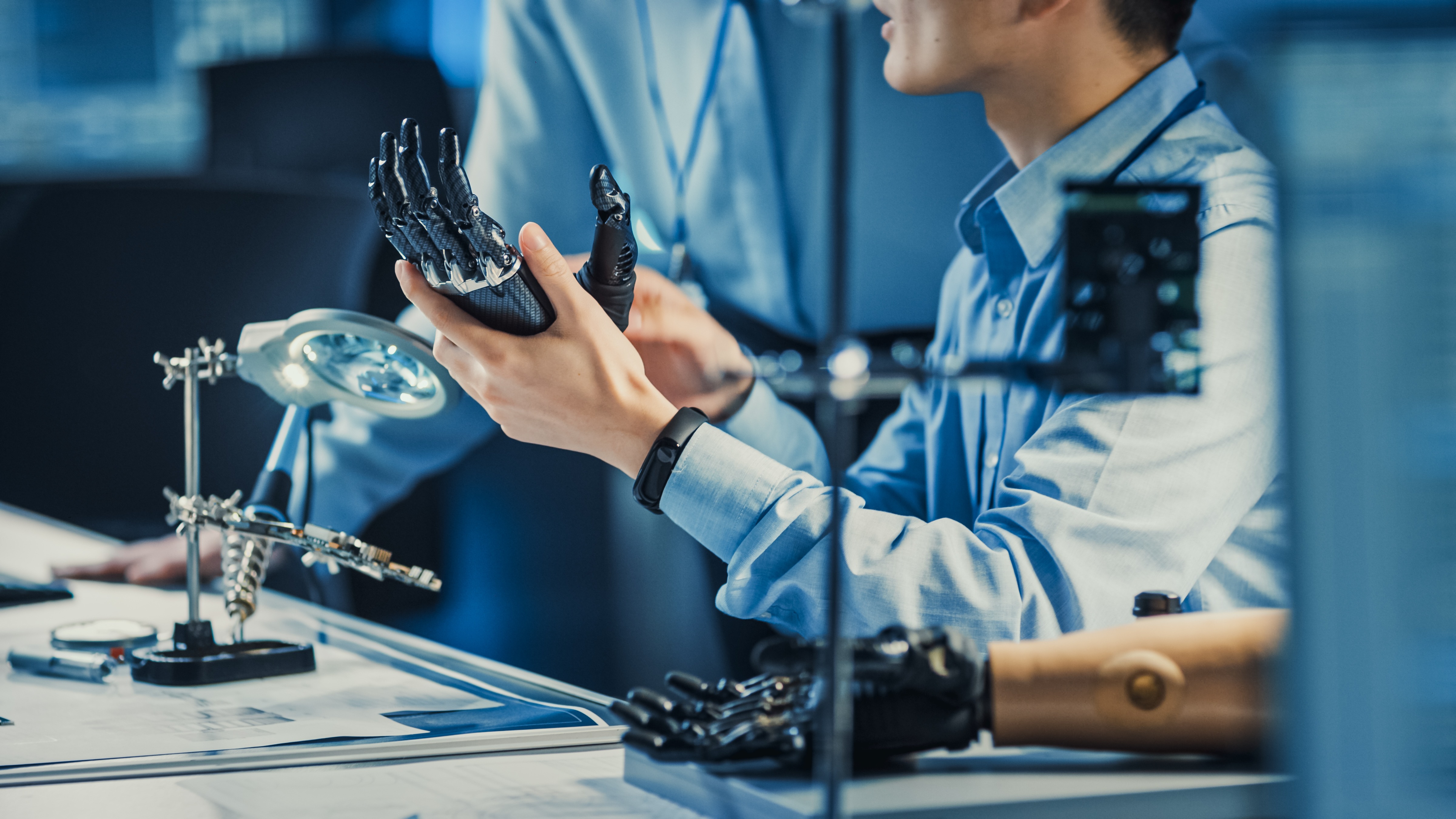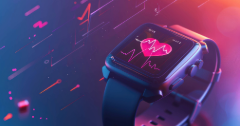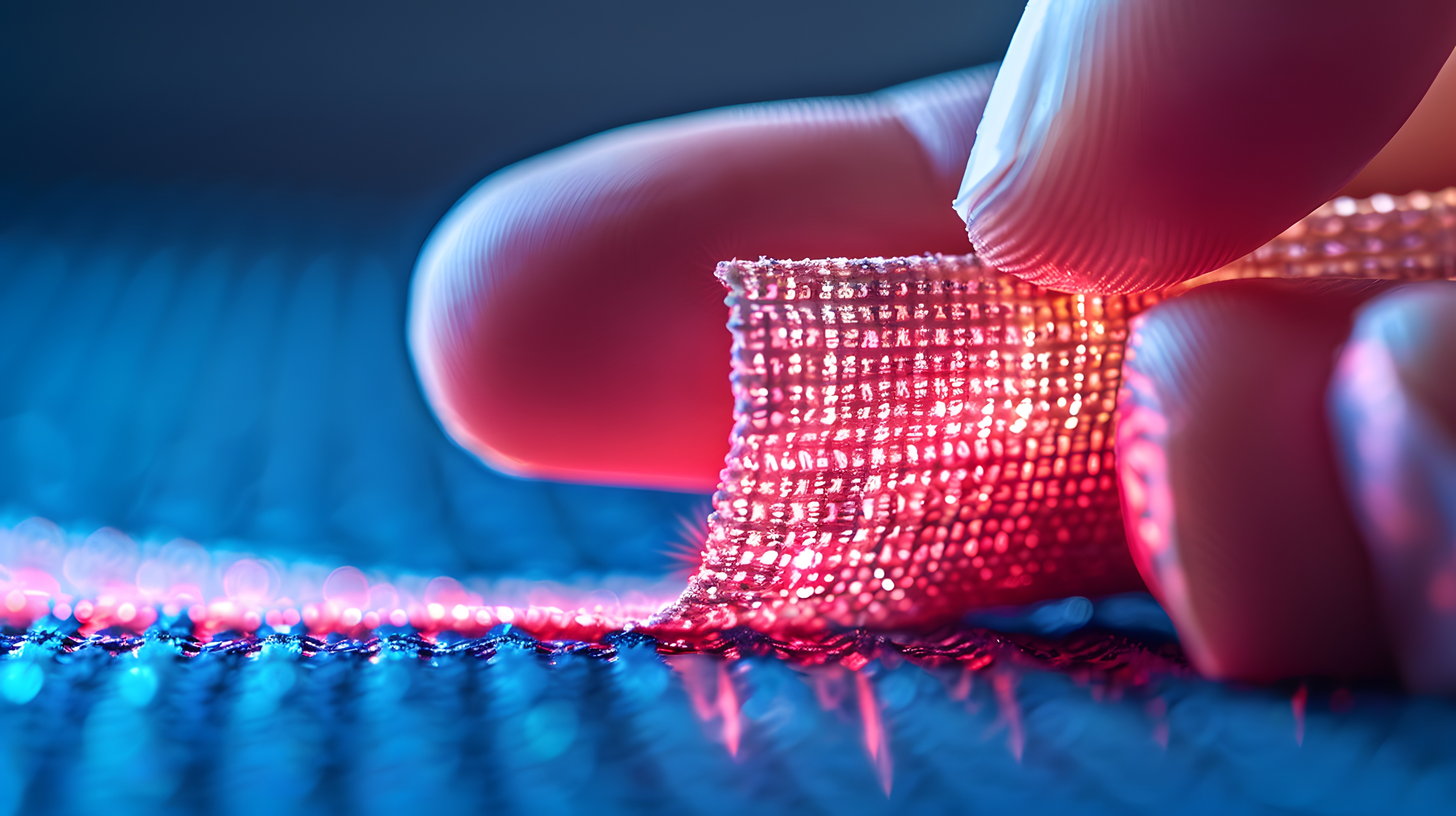Innovation in Medtech continues to grow with statistics published by the European Patent Office (EPO) showing that medical technology was the leading technical field in terms of application filing volumes in recent years. Growth has accelerated considerably in the UK Medtech sector during the COVID-19 global pandemic and further acceleration in growth seems likely with the UK Government pledging millions of pounds to Medtech projects aimed at driving forward innovation in areas such as neurological diseases, hearing aids, robotic muscular assistance and 3D imaging technologies amongst others. Government money is likely to be followed by venture capital investment further enhancing the future of the UK as a powerhouse for Medtech innovation.
The Medtech sector is currently facing unprecedented demand driven largely by the need for the healthcare system to evolve to meet the extreme pressures currently faced by medical practitioners and, in the face of reduced access to medical services for patients, to enable new remote care possibilities for diagnosing, monitoring and treatment. Telehealth and the Internet of Medical Things (IoMT) are rapidly changing the healthcare system by improving patient outcome whilst reducing costs. From products as ubiquitous as wearable fitness trackers to sensor-laden smart pills that can be swallowed by a patient, the availability of real-time health information provides for faster, more accurate and less invasive tracking of health and medical conditions that can be carried out outside of the clinical setting. And another area that has seen an explosion in digital health tools is Femtech with a legion of new mobile apps and wearables empowering women to better understand their health.
More tangible developments are to be found in the medical devices and medical materials sectors where developments often go hand in hand. We have seen the transition from inert biocompatible materials to bioresorbable materials for implantable sensors and bioactive materials which encourage tissue regeneration and healing. Metamaterials having unique properties have also found medical uses, for example in Magnetic Resonance Imaging (MRI) where metamaterial resonators have been used to significantly reduce scanning time and improve image quality. And ultra-lightweight mechanical metamaterials that have high stiffness and high strength are being developed for orthopaedic applications.





.png)










/MATTHEW%20NAYLOR-%20January%202025.png)
/EMMA%20GRAHAM-1.png)



